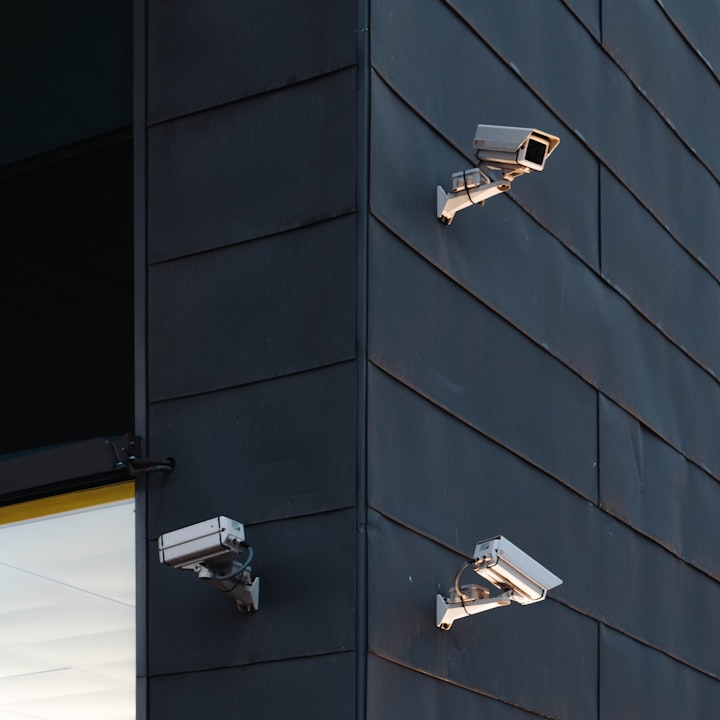Why Are Japanese and Chinese Font Designs So Complex?
Explore the intricate world of Japanese and Chinese font design, cultural sensitivity, and technological innovation in typographic design.

When it comes to font design for languages that utilize millions of individual characters, such as Japanese and Chinese, the task at hand is undeniably substantial.
While some may overestimate the number of characters these languages use, Japanese and Chinese font files easily reach sizes of 30 to 40 megabytes compared to a mere 0.5 megabytes for English font files.
Let's delve into the intricacies of font design for these languages.
Understanding the Complexity
Multitude of Characters
At the core of the challenge lies the sheer multitude of characters used in Japanese and Chinese.
While there is a common misconception that these languages utilize millions of characters, the reality is that they make use of tens of thousands at most.
Nonetheless, this still dwarfs the number of characters used in many other languages, presenting a unique design challenge.
File Size
The staggering discrepancy in file sizes between Japanese/Chinese font files and English font files highlights the magnitude of the task.
The vast number of characters in Japanese and Chinese necessitates significantly larger font files, making the design and implementation of these fonts considerably more complex.
Technical Considerations
Character Rendering
Font designers must meticulously consider the intricacies of character rendering when developing fonts for Japanese and Chinese.
The complexity of each character necessitates thorough attention to detail to ensure the legibility and visual coherence of the font across all characters.
Typeface Variants
Moreover, the extensive range of characters demands the creation of various typeface variants to accommodate different styles of writing and printing.
This further adds to the complexity of font design, requiring a nuanced and comprehensive approach.
Cultural and Linguistic Sensitivities
Character Symmetry
In addition to technical considerations, font designers must also navigate cultural and linguistic nuances.
Characters in Japanese and Chinese often require a balance of symmetry and proportion to align with artistic and calligraphic conventions, adding a layer of cultural sensitivity to the design process.
Calligraphic Influence
The influence of calligraphy in Japanese and Chinese writing styles further shapes the design of fonts for these languages.
Capturing the essence and fluidity of calligraphic strokes in digital form poses a distinct challenge for font designers, necessitating a deep understanding of historical and artistic contexts.
Forward-Thinking Solutions
Technology and Innovation
As technology continues to advance, font designers are presented with new opportunities to innovate and address the complexities of designing fonts for Japanese and Chinese.
Leveraging advancements in font rendering, digital typography, and design tools, designers can explore novel approaches to meet the evolving needs of these languages.
Collaboration and Expertise
Collaboration among typographers, linguists, and cultural experts proves instrumental in developing inclusive and culturally resonant fonts for Japanese and Chinese.
By drawing upon diverse expertise and perspectives, font designers can create fonts that not only meet technical requirements but also honor the rich cultural heritage of these languages.
What Lies Ahead?
Designing fonts for Japanese and Chinese languages is undeniably a complex endeavor, marked by technical, cultural, and linguistic intricacies.
As the global significance of these languages continues to grow, font designers must embrace the challenge with an unwavering commitment to innovation and cultural sensitivity.
Through strategic collaboration and a forward-thinking approach, the realm of font design for Japanese and Chinese languages holds the potential for remarkable advancements and impactful cultural expression.






